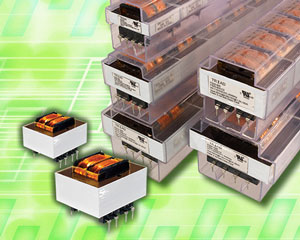Transformers are a vital link to the entire supply chain for electric power, from generation to transmission to distribution networks. According to a new report published by iRAP Inc., “Power and Distribution Transformers – Technologies, Materials, Applications, New Developments, Industry Structure and Global Markets” the global market reached to about $42 billion in 2014, and it is estimated to increase to $64 billion by 2019 at a CAGR of 8.8 percent per year from 2014 to 2019. China has the largest market share followed by the US, Europe, India and Japan.
In the last decade, several new developments have taken place in the power and distribution transformers industry. As the original domestic, country-based networks have been built out and matured, markets have opened up and been deregulated in the western world to promote competition and efficient interconnections and creation of regional networks and markets. This evolution led to a change in the relationship between transformer manufacturers and buyers, from a local to a more global perspective, with a greater focus on economics on both sides. As a result, manufacturers also had to become more global, leading to consolidation and concentration of the industry.
Key drivers for future transformer market development include an increase in electricity demand in developing countries, replacement of old electric power equipment in matured economies, and a boost for high-voltage power transformers and capital expenditure in the power sector worldwide. In addition, the adoption of energy-efficiency standards in developed markets such as Europe and the US, as well as in emerging markets such as China and India, are expected to create demand for new, more efficient electricity equipment, including power transformers.
Also, new efficient transformer designs using amorphous magnetic materials for cores will become increasingly preferred because they can cut down iron losses and noise and demonstrate longer functional life. Utilities are demanding compliance to higher efficiency requirements in distribution transformers. Manufacturers have responded by tailoring their products to the energy evaluation factors specified by customers, so that it is now possible to purchase a high-cost, high-efficiency transformer or a unit with a lower first cost and lesser efficiency.
The large global transformer industry results from the interplay between participating agencies at local, national and international levels, such as the bulk buyers of power transformers (PTs) consisting of independent power producers (IPPs), turnkey project construction companies, top utilities/power distribution companies, and electrical contractors engaged in transformer purchase. The industry also involves a large number of stamping/lamination fabricators and a mix of well-known multinational companies for PTs as well as many small/medium industrial units specialized in assembly and testing of distribution transformers (DTs).
The report identified and profiled more than two dozen major manufacturers of power transformers and over half a dozen distribution transformers.
More details of the report are available from Innovative Research and Products (iRAP), Inc., visit http://www.innoresearch.net/reportlist.aspx?cid=2.



